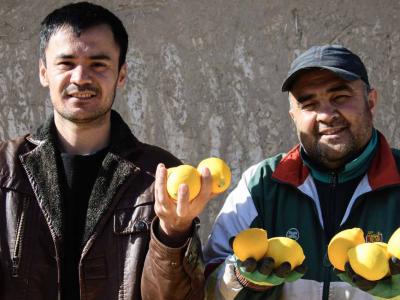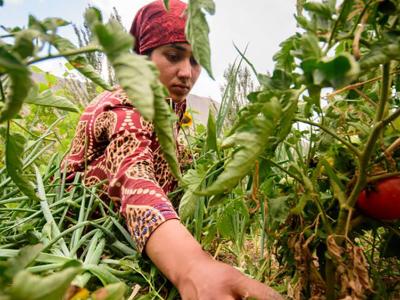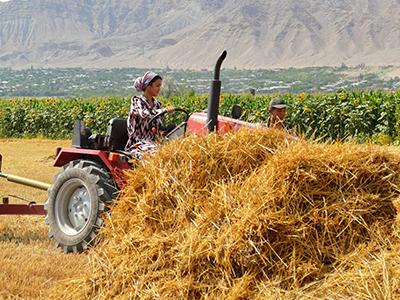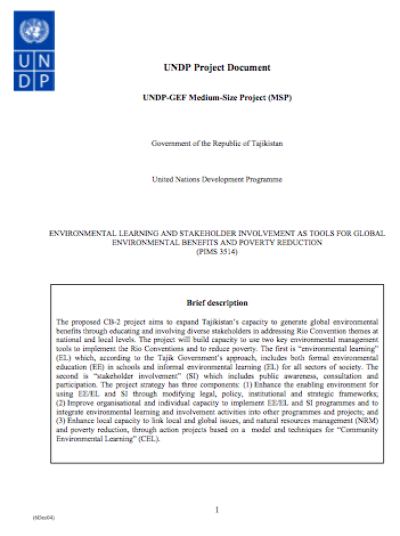Tajikistan is a landlocked country situated in the mountainous part of Central Asia. It covers an area of 143,100 square kilometres and has a maximum width of about 700 km and a maximum length of about 350 km. Tajikistan is considered a low-income country; over two-thirds of the population lives on less than US$2.15 a day. Tajikistan's economy was seriously weakened by the civil war lasting from 1992 to 1997, but is now making a slow recovery. The main sectors of the economy are non-ferrous metallurgy (lead, zinc and aluminum), light industry and agriculture, with cotton being its most important export commodity (World Bank, 2010). Access to energy, especially in rural areas, is a significant challenge for Tajikistan (UNDP, 2009). Many rural communities use wood from forests for heating houses and cooking, which is negatively impacting biodiversity, increasing erosion and potentially augmenting vulnerability to the impacts of climate change (World Bank, 2011).
There is an abundance and diversity of natural resources in Tajikistan, including glaciers, lakes, flora, fauna and forests. Some of Tajikistan's adaptation projects include: improvements to the transportation network, modernization of industries to reduce greenhouse gas production, development of water saving technologies, construction of additional renewable energy sources, shore protection activities to better manage natural disaster risks and reforestation. 93% of Tajikistan’s terrain is comprised of mountains, to the east there is Pamir the most harsh and mountainous region and in the central region there are the Kuhiston mountain ranges. The west of Tajikistan is covered by low hills and irrigational plantations and in the north there is the Ferghana valley and the Kuramin range. The climate is characterised by aridity and extreme differences in temperature between seasons and amongst regions. There is also considerable inter-annual variability in the climate. Forests are considered to play an important role in Tajikistan because they regulate the climate and serve as a source of raw materials.
Tajikistan is considered the main glacial centre of Central Asia and glaciers occupy about 6% of the total country area. These glaciers form an important function by retaining water, controlling flows and regulating the climate. Glaciers and permafrost are the main source of water recharging the Aral Sea river basins. In Tajikistan’s Second National Communication of 31 December 2008 it is noted that the snow and glaciers contribute several cubic kilometres of freshwater to the main river basins in Tajikistan. In general, Tajikistan’s current climate is continental, subtropical and semiarid, with some desert areas. However, the climate changes drastically according to elevation. Already, the country has lost more than 20 billion cubic meters of the glaciers’ ice volume (i.e., about 2.5 percent, mostly affecting small glaciers) during the twentieth century; a further increase in temperature will accelerate glacial retreat. Rainfall tends to be sporadic and in recent years (e.g., from 1999 to 2002) most precipitation has occurred in the winter and spring, causing droughts during main agricultural seasons (Kayumov et al, 2008). On the other hand, in 2007/2008, the area experienced extreme cold winter (the coldest since 1969) with increasing demand for electricity. This, coupled with high prices for food and fuel, led to the so-called 2008 Central Asia energy crisis (UNDP, 2009).
Projects Under Implementation
Latest Updates
See allLatest Publications
See allThe project aims to expand Tajikistan’s capacity to generate global environmental benefits through educating and involving diverse stakeholders in…







